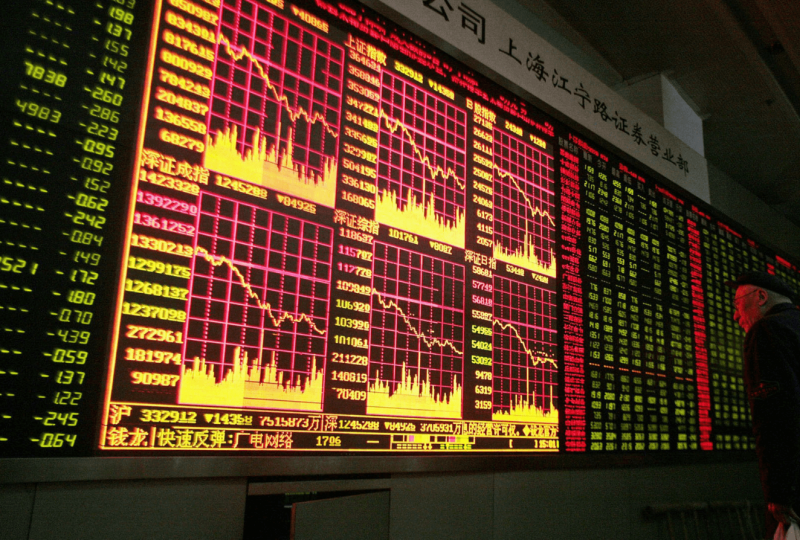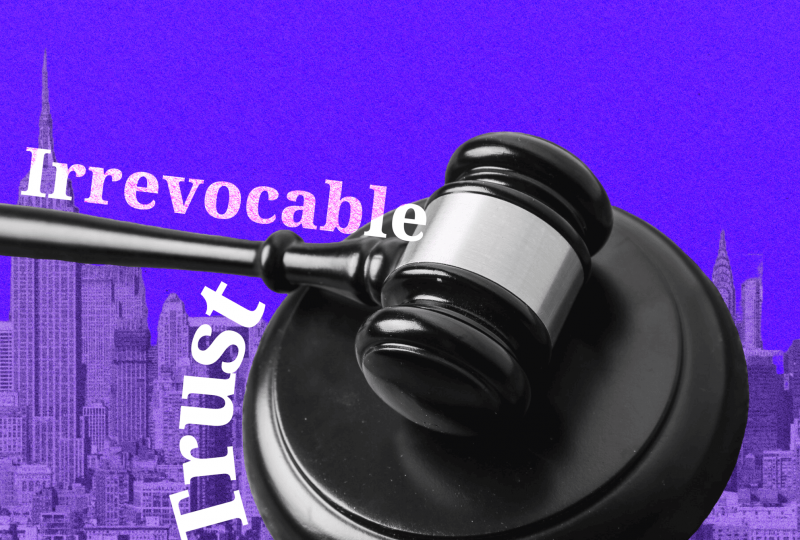China’s Woes Could Spell Trouble for S&P 500 Companies
Sep 29, 2021

Many U.S. corporations may suffer as China deals with debt problems in its housing market, a slowing economy, and attempts to reorganize its economy to prioritize social good above profit.
So far, China's property and technology industries have borne the brunt of the pain, thanks to the debt problem at China Evergrande Group, one of the country's major property developers, and the regulatory crackdown on China's internet behemoths. President Xi Jinping continues to tighten economic controls with a renewed focus on so-called "shared prosperity," addressing financial risks in the economy, and attempting to become more self-sufficient as efforts to safeguard the country.
Investors in American companies, on the other hand, are not immune to risk. Despite the fact that S&P 500 companies have just 5% direct sales exposure to China, according to Bank of America strategist Savita Subramanian, the correlation between China GDP and S&P 500 earnings per share has gone from zero to 90 percent since 2010. Over the previous 30 years, globalization has accounted for nearly 80% of the S&P 500's margin improvement, as corporations have taken advantage of factors like cheaper labor abroad and supply chain efficiencies.
Because China's economic problems are serious, this might mean trouble for the S&P 500. China Beige Book analysts stated in a letter to clients that every key property indicator they tracked this quarter declined, from sales and profitability to new transactions and hiring, and building sub sectors dropped.
But there could be even bigger repercussions for consumption if property investment—and jobs—take a blow, adding to an already sluggish economy pulled down by Covid-related restrictions and China's production cuts to fulfill Beijing's tough emission objectives.
After excluding Tesla (ticker: TSLA) as an outlier, valuations of firms with top decile China exposure in terms of sales have grown, with a basket of these stocks trading close to a record 25 percent average premium to peers. Institutional investors have begun to cut their stakes in U.S. corporations with top-decile exposure to China.
Materials and technology businesses are among the dangers highlighted by Subramanian and her team, which she sees as the most vulnerable to a downturn due to a higher association with China's economic growth than with U.S. activity. Some technological companies are also feeling the heat as the "Buy China" movement gains traction and Chinese customers tend to choose local suppliers over their American counterparts.
However, several other industries are in jeopardy. According to BofA analysts, China accounts for around 30% of worldwide sales and production, and has been a major source of growth for U.S. auto companies. However, that growth has slowed, suggesting that the auto industry's "recipe for secular growth" may be in jeopardy. Suppliers having the most China exposure, such as Adient (ADNT), Aptiv (APTV), BorgWarner (BWA), and Lear (LEA), are the ones most at danger, according to them (VC).
Tesla generates around 20% of its sales in the region, but according to BofA analysts, Tesla is already losing market share in China's electric vehicle industry, down to 1.2 percent in August from 13% in June, and active funds have been reducing their stakes in the company.
Consumer-oriented businesses have a mixed future, with Chinese customers accounting for a third of global luxury spending and more than three quarters coming from those under 35. According to BofA's European analysts, some of these companies could benefit from China's "shared prosperity" aim to strengthen its middle class, which could suggest the fall in some of these equities could be a buying opportunity.
Nike (NKE) and Tapestry (TPR) get the most sales from China, with 18% and 15% respectively, and Nike has faced consumer backlash and boycotts as a result of comments about forced labor in Xinjiang and factory closures due to Covid. Tapestry, on the other hand, believes that a growing middle class will benefit its Coach bags, which sell for $300 on average rather than the higher-end luxury brands.




